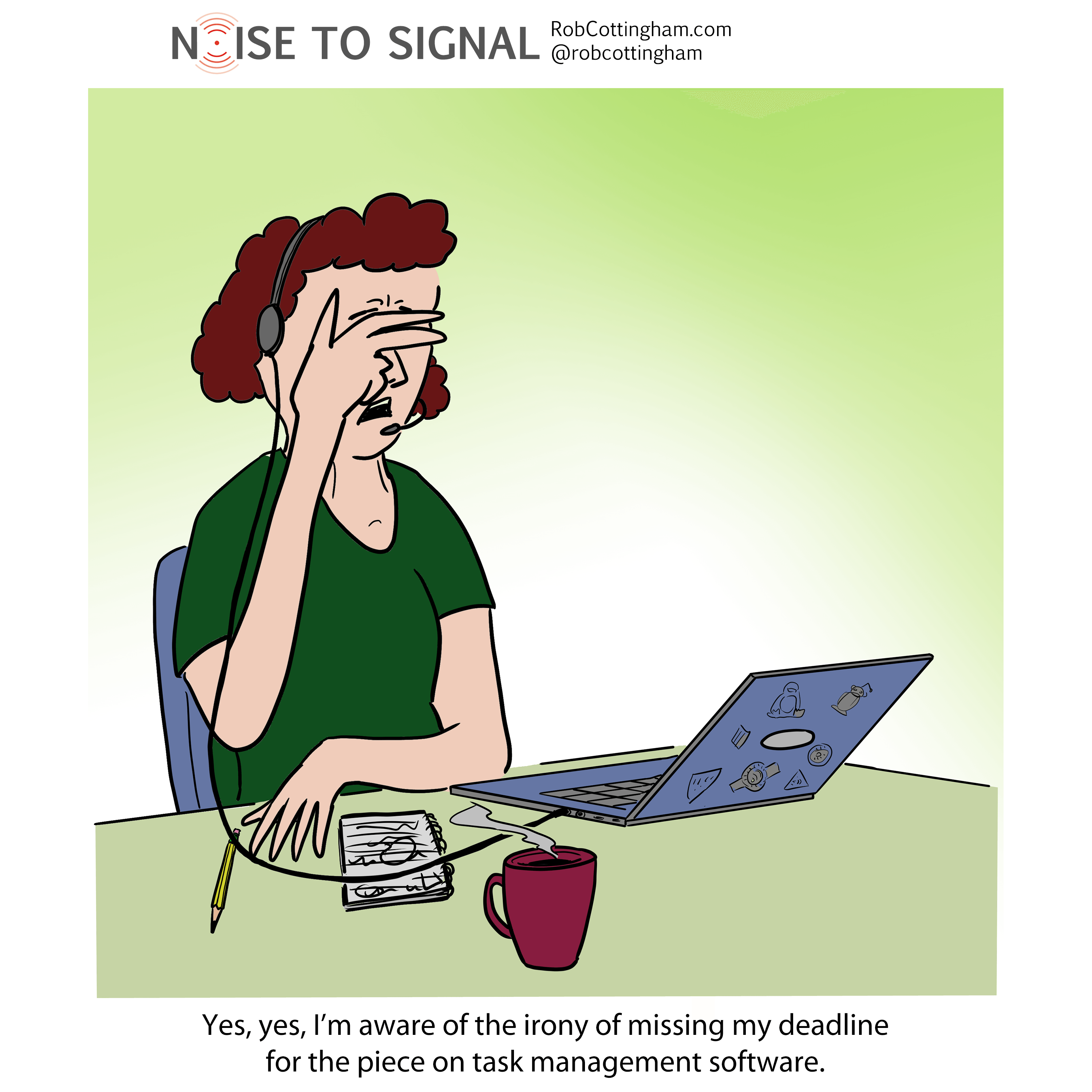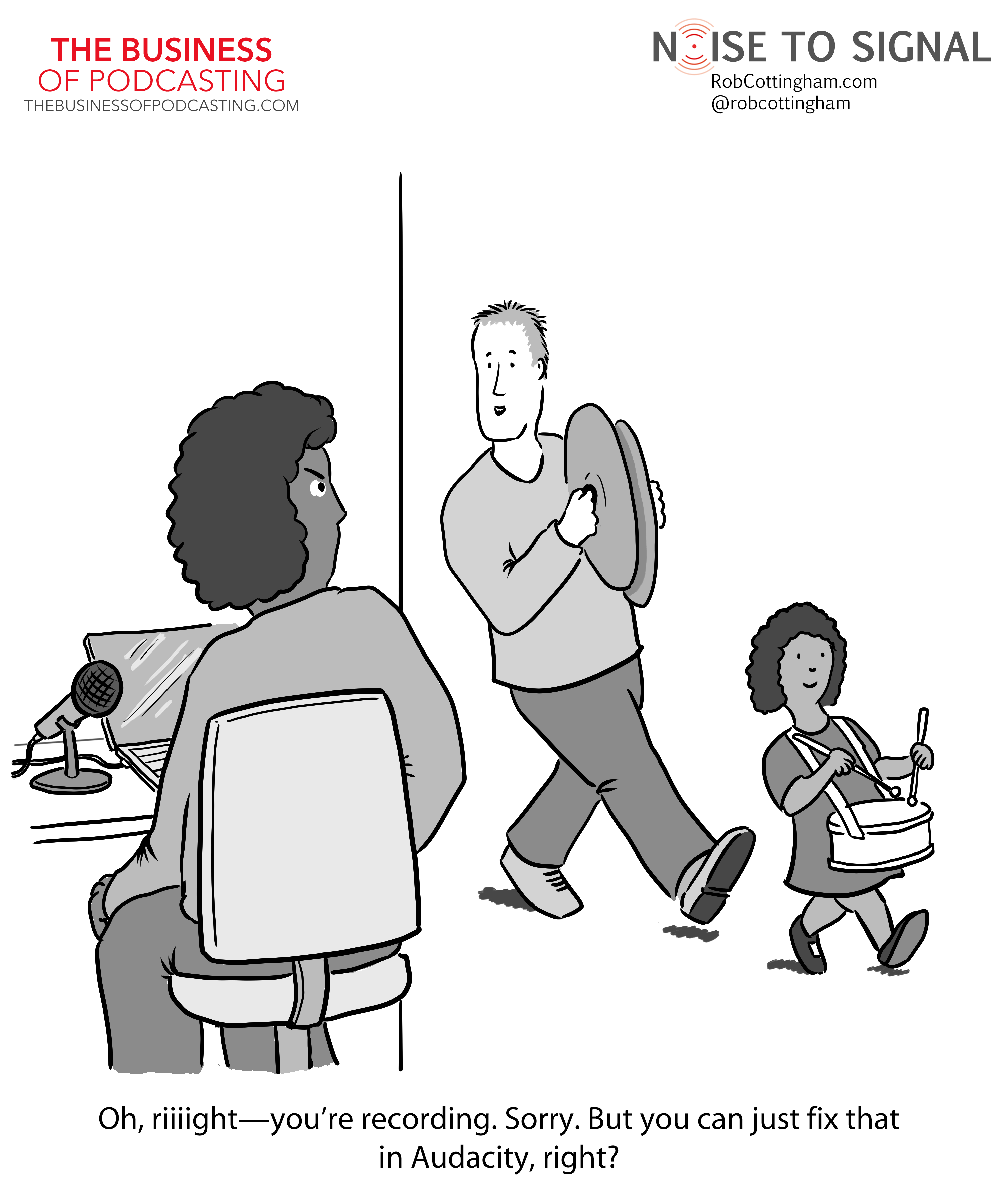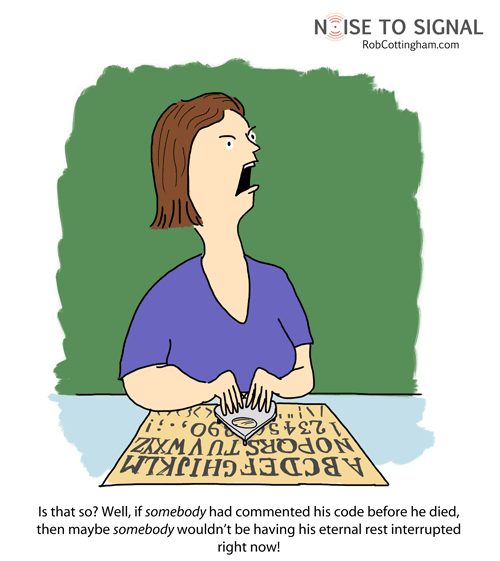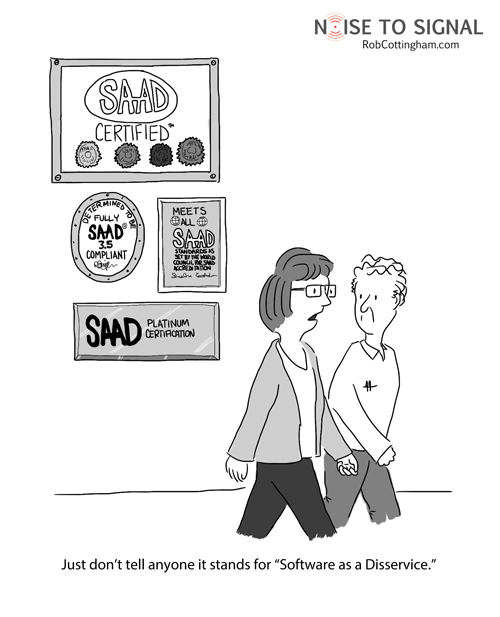Last night, I finally watched the Mythbusters’ finale, in which they revisited one episode’s explosive destruction of a cement truck. The myth they’d been testing: that you can clean off hardened cement inside the truck’s mixing barrel by throwing in a stick of dynamite.
They concluded that you can clear out some debris, but not a big slab. (The episode ended with lots of little pieces of truck scattered across the terrain; the finale used about six times the amount of high explosive and ended with much smaller pieces of truck.)
I think of that when I think of task management software. I have a bad habit of treating it like the stick of dynamite I toss into my congealed pile of to-dos and half-dones. I always hope the detonation will somehow sort them into a cogent framework of tasks that — and this is where the software always lets me down — will then do themselves.
Thing is, you need a methodology. Many tools have one (or more) in mind: a lot of task management software is explicitly built around the Getting Things Done methodology, for instance. With others, a methodology is just assumed. But a lot of it (hello, Apple Reminders) just kind of lets you flail around, unless you impose some kind of order yourself. Even worse, if one of your guilty pleasures happens to be exploring software, you can quickly head down the rabbit hole of trying out every new task manager that comes along.
The things I’ve learned are:
- First, no tool is likely save you from yourself.
- Second, every tool will require you to make at least minor changes to your workflow so you can capture, track and report tasks as you go.
- And third, the right tool for you won’t require you to bend over backward to accommodate its idiosyncrasies.
By the way, in case you’re just dying to know, my weapons of choice these days are Reminders, OmniFocus and Vitamin R. I like using OmniFocus to break big jobs into smaller ones, and Vitamin R to keep me focused on days when I have a whole lot of scattered, discrete tasks.
So today’s cartoon is dedicated to two people who’ve helped me steer clear of the rabbit hole, at least to some degree, and small-g-small-t-small-d get things done:
- Alexandra Samuel, whose deep dives into these things put me to shame (and by the way, just assume every cartoon is at least partly dedicated to her), and
- and Mike Vardy of Productivityist, whose podcast episodes and blog posts were the carefully-calibrated stick of dynamite I needed a few years ago (the truck survived).
And with that, I can check “publish cartoon” off my to-do list.







